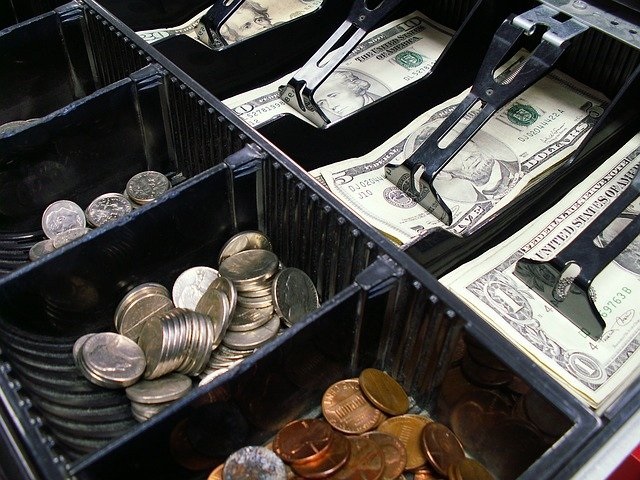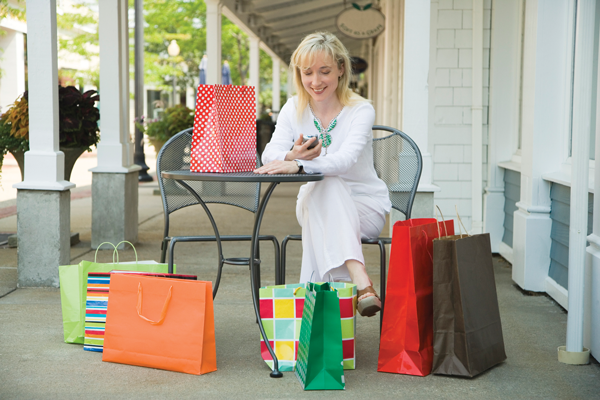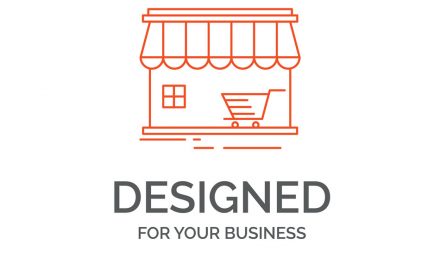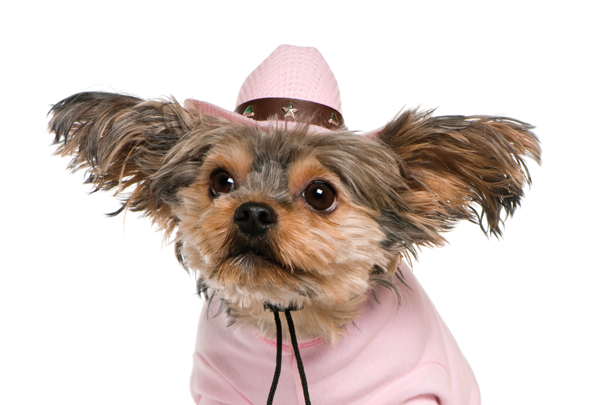By Ray Ko
Retailers love hot sellers, but those seemingly small impulse purchases that happen alongside the big-name products bring a considerable boost to sales. According to a survey of 2,000 shoppers in a high-profile study, a consumer makes about $5,400 a year in impulse purchases, and more than $324,000 of impulse buys in a lifetime. It may be more challenging to spur this kind of sales activity in online environments, but well-thought-out brick and mortar retail stores are ripe for initiating these types of impulse purchases.
Here are five tips to boost impulse sales in your retail store.
1 Stock your check-out area with the right items
Grocery stores, dollar stores and other retailers know the check-out stand is the last chance to spur an impulse buy. Areas around the register are typically stocked with candy bars, soda, and these days, hand sanitizer and disinfectant wipes are a common grab. These items are largely nonessentials and serve temporary desires for comfort.
In addition to these nonessentials, think about the items your customer may need, but forgot to pick up on their journey through your store. The batteries for the remote-control car, brushes for the paint set, the pens or pencils to go with the notebook, and so on. In a gift shop, this is a great area to remind the buyer of gift card opportunities, and specialty, limited-run gifts like soaps and lotions that easily fit into a small gift bag and other last-minute ideas.
2 Put a great deal on the table
Think of the last time you bought something you didn’t need. Did you buy it because it was a deal you couldn’t pass up? As a retailer, if you have a once-a-year, or otherwise unique deal, for a limited time, you possess the seeds for an impulse purchase. It can be a hot seller’s closeout model to make room for new inventory, or simply a sale that offers uncharacteristically deep discounts. Signage that indicates a deal is ending soon, or an informed staff that can talk about how an item will never be offered at a certain price, will again support this type of impulse buy.
3 Make payment easy
Offering easy self-checkout, pay by credit and accepting popular phone payment apps simplifies the transaction process, and makes impulse items more attractive—especially for higher-ticket items. Tire or furniture stores use this strategy quite a bit. They often offer free credit and no interest for six, 12, even 24 months if you have good credit. It makes buying those high-ticket items and walking out of the store with them today that much more appealing.
For gift shops with more expensive jewelry or high-dollar antiques and furniture items, consider layaway or a credit partner that can help support the sale by allowing you to offer a buy today-pay later-type of promotion.
4 Always look for cross-merchandising opportunities
We all know peanut butter goes with jelly, but those truths apply to just about every other retail item as well. If you’re selling prickly pear cactus jam, add in other prickly pear-themed items or souvenirs to the display. It could be a food or lotion, shot glasses or something completely unrelated but similarly themed.
You can also take advantage of hot-selling items and think of what other products can go alongside them. And if you can’t fit some cross-merchandising items into the display you have, use signage to suggest they shop other areas of the store. This approach gets customers moving around your space and seeing more items that might pique their interest.
5 Use vibrant point-of-purchase displays
Point-of-purchase, otherwise referred to as “POP” displays, if they have a vibrant color or design, can stand out as hot spots in your retail space. Some product manufacturers may create their own eye-catching displays for you, or you can create your own.
If you create one of your own, remember a few basics. First, keep the hot sellers or the most vibrant colors at eye level; second, avoid overcrowding the display so that customers can peruse and learn more about your product without worrying about something falling or breaking when they touch the display. Make sure your display is easy to understand and covers a theme or specific product type. It can be a collection of souvenirs, food items, chocolates, or specific types of sales items. Above all, it should be unique from other items on nearby shelves or displays and stand out without distracting from the flow of the store.
Keep experimenting
As your retail business grows, you’ll have more data from analyzing your shopper’s journey both in the store and online. Keep tabs on hot sellers, but also gain information from surveys, your sales floor team and customers about why a customer visited your store, the typical needs/wants of customers and other data. This information will allow you to experiment with your layout in different ways to help you increase sales for both hot sellers and impulse items.

Ray Ko is the Senior Ecommerce Manager at ShopPOPDisplays. With years of experience in the retail space, Ray is an expert in formulating and implementing e-commerce strategies to increase revenue.










